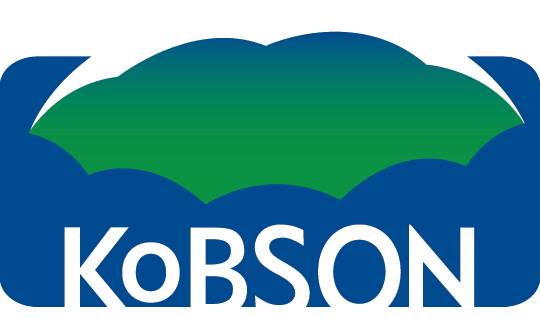DOI: 10.5937/jaes0-28819
This is an open access article distributed under the CC BY 4.0

Volume 19 article 807 pages: 407-414
Making managerial decisions when choosing a variant of the technological chain for logging is complicated by the
variety of natural and climatic conditions. The climatic features of the periods affect the productivity of technological
machines and the cost of implementation. This research suggests using network planning to determine the technological
chain of timber land development. The purpose of the research is construction of multi-purpose network models
for planning the technological chain of logging operations in various production conditions of forestry enterprises
operation. These models are aimed at making it possible to conduct calculations to increase the efficiency of labour,
materials, funds, equipment distribution with the maximum reduction in the cost of logged products. As a result of
the analysis of possible options for technological chains, several network models for the implementation of logging
technological processes have been built.
The reported study was funded by Russian Foundation
for Basic Research, Government of Krasnoyarsk Territory,
Krasnoyarsk Regional Fund of Science, to the research
project: «Development of the fundamental principles
of forest infrastructure design as a dynamically
changing system in the conditions of logging production
», grant № 19-410-240005.
1. Mokhirev A.P., Pozdnyakova M.O., Medvedev S.O., Mammatov V.O. (2018) Assessment of Availability of Wood Resources Using Geographic Information and Analytical Systems (The Krasnoyarsk Territory as a Case Study). Journal of Applied Engineering Science. Vol. 16. Pp. 313-319. DOI: 10.5937/jaes16- 16908
2. Sokolov A.P., Osipov E.V. (2017) Imitational modeling of the production process of wood harvesting using Petri nets. Lesotechnicheskiy zhurnal. Vol. 7. No. 3 (27). Pp. 307-314.
3. Shegelman I. R., Shchegoleva L. V., Ponomarev A. Yu. (2005) Mathematical model of selection of through-flow processes of harvesting, transportation and processing of wood raw materials. Izv. spblta. No. 172. pp. 32-37.
4. Mokhirev A.P., Rukomojnikov K.P. (2019) Graphic- analytical modelling of technological chain of logging operations in dynamic natural and production conditions. IOP Conf. Series: Earth and Environmental Science 316 pp. 012-039 DOI:10.1088/1755- 1315/316/1/012039
5. Rukomojnikov K. P., Mokhirev A. P. (2019) Validation of the Logging Operations Scheme through the Creation of Dynamical Model of the Enterprise Functioning. Forestry Journal. no. 4, pp. 94–107. DOI: 10.17238/issn0536-1036.2019.4.94
6. Rukomojnikov K.P. (2015) Justification of methods and parameters of rational technologies for quarterly development of forest areas. Volga. state technol. UN-T. Yoshkar-Ola, p. 22.
7. GerasimovYu., Sokolov A., Fjeld D. (2013) Improving Cut-to-length Operations Management in Russian Logging Companies Using a New Decision Support System. Baltic Forestry. Vol. 19, no. 1(36). Pp. 89- 105
8. Sokolov A. P., Gerasimov Y. Y., Seliverstov A. А. (2009) Methodology for optimizing the fleet of vehicles for the removal of assortment based on simulation in the GIS environment. Scientific notes of Petr- SU. No11(105). pp. 72-77.
9. Gerasimov Y. Y., Sokolov A. P., Karjalainen T. (2008) GIS-based Decision-Support Program for Planning and Analyzing Short-Wood Transport in Russia. Croatian Journal of Forest Engineering. Vol. 29, Issue 2. P. 163-175.
10. Budnik P. V. (2014) Improvement of end-to- end technological processes in the timber industry based on functional-technological and probabilistic-statistical analyses. Petrozavodsk: Verso. P. 60.
11. Budnik P. V. (2011) Substantiation of technological solutions that increase the efficiency of harvesting sortings and cutting waste, based on functional and technological analysis. Petrozavodsk. p 243.
12. Burmistrova O.N., Pil'nik YU.N., Burmistrov D.V. (2016) Network planning method for transport and technological flows of timber. Achievements of modern science. Vol 4. No 11. pp. 63-65.
13. Sushkov А. S. (2015) Application of the network planning method for improving transport flows of timber. Construction and road vehicles. No 6. pp. 30-32.
14. Pil'nik YU.N. (2014) Formation of cargo flows of timber products of forest enterprises on the example of the Republic of Komi. Voronezh state forest engineering Academy., p. 16







